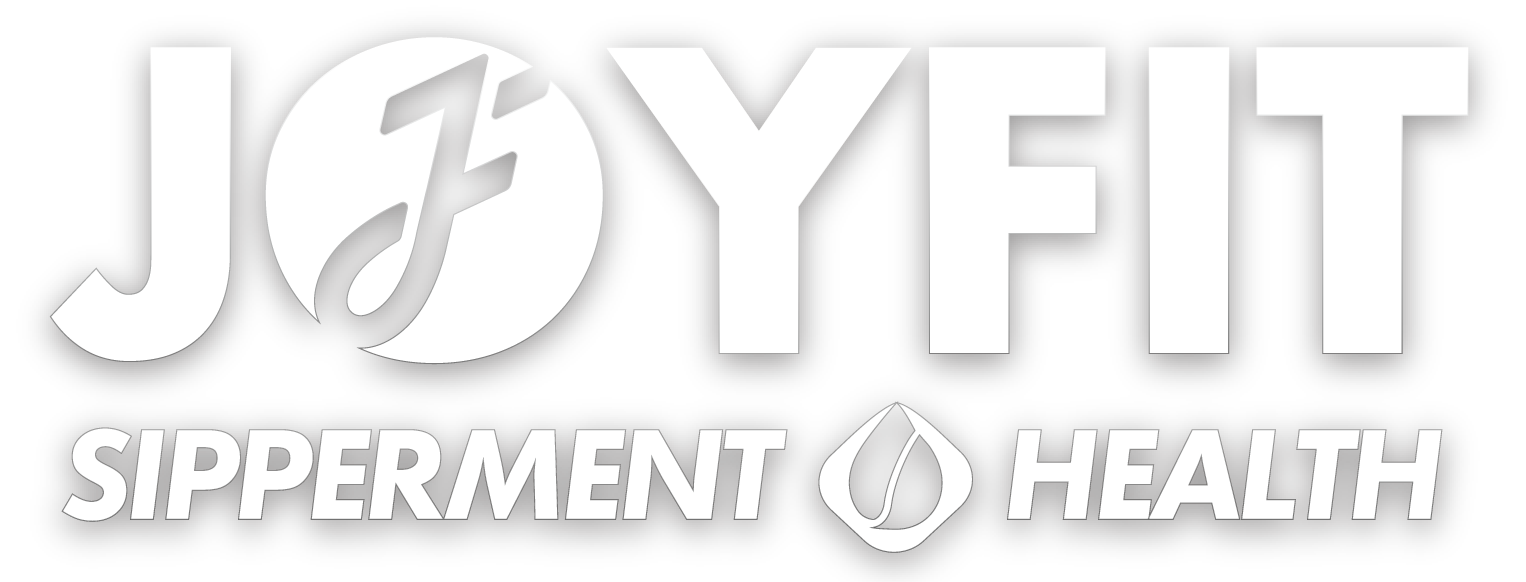
Food Grade Scented Water Flavor Pods and Bottles: Sipperment
Choose Water for Healthy Hydration
Ride the wave of wellness with water, the surging force for kids' health. With zero calories and no added sugar, it becomes the wave's crest, fostering strong bones, joints, and teeth. Surf through the benefits, supporting blood circulation, aiding weight management, and enhancing mood, memory, and attention. As an economically sound choice, water outpaces sports drinks and sodas. Ride high on strategies to make water the prevailing force in your family's health journey.How to help your family choose water
Create homemade ice pops using pureed fruits and water. These frozen treats not only keep the family cool but also contribute to their daily water intake.Create a berries bonanza by mixing and matching different berry varieties. Whether it's the sweet burst of strawberries, the antioxidant-rich blueberries, or the tangy allure of raspberries, crafting your berry blend adds a delightful twist to your hydration experience.
Channel your inner artist by creating fruit-infused ice masterpieces. Experiment with different fruit combinations and freeze them into captivating ice designs. Elevate your beverage presentation and add a touch of elegance to your family's hydration routine.
Drinks to limit
Amid the myriad of options, water and milk emerge as the healthiest choices for kids. The marketing blitz targeting children often shrouds alternative drinks in excessive sugar, surpassing daily limits. Deciphering these myths and prioritizing water and milk is fundamental for fostering your child's well-being.Make a parental decree: no sugar-sweetened beverages for children under 2, with a conscious effort to minimize them for older kids. This includes sports drinks, sodas, juice cocktails, lemonade, and sweetened water. This directive nurtures a habit of opting for plain water, avoiding unnecessary "empty calories" that can contribute to health challenges such as excess weight gain and dental problems.
Fostering awareness about juice consumption is crucial for parents navigating the path of promoting both taste and nutrition for their kids. Despite containing some vitamins, 100% juice should be strictly limited due to its high sugar and calorie content and lack of fiber found in whole fruits. Introducing juice can make it challenging to encourage children to embrace plain water. Guidelines include no juice for children under a year, 1-3 years limited to 4 oz per day, and older children advised to opt for juice only when whole fruits are unavailable. For children aged 4–6, no more than 4–6 oz per day, and for ages 7–18, a maximum of 8 oz per day is recommended.
Navigate the realm of sugary drinks with confidence. Steering clear of flavored milk aids in preventing a preference for sweetness, fostering a healthier relationship with beverages.




Leave a comment
All comments are moderated before being published.
This site is protected by hCaptcha and the hCaptcha Privacy Policy and Terms of Service apply.